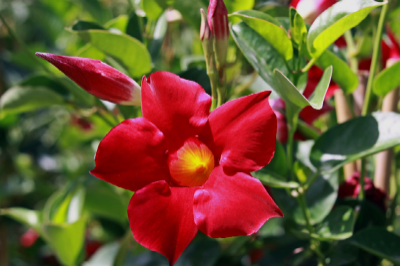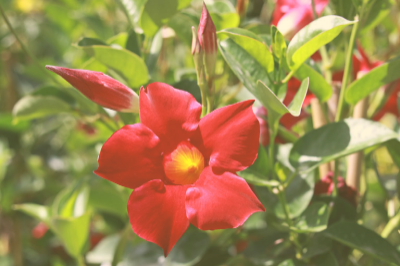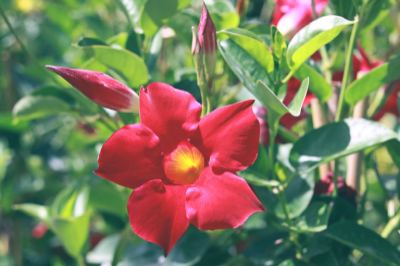Where to Plant Mandevilla
Mandevilla plants are fast growing. After eliminating any other reason for slow growth, you can move them into a larger container. They need acidic soil that has a significant amount of organic matter. It is possible to amend the soil by adding compost to it and feeding it twice a month with a balanced liquid fertilizer. Water the plant regularly, though it prefers a little drier soil. To ensure that the plant is humid you can dampen the leaves.
When choosing a place for your plant, ensure you select a spot with adequate sunlight. Although mandevilla can tolerate some shade, it will not flower if it is exposed to too high. In the summer, you can plant it under a shade tree or the roof of your patio. Make sure that the soil is draining well to avoid root rot. Mandevilla plants can be killed by heavy soil. It is recommended to choose a loose, well-drained soil that has lots of organic material.



